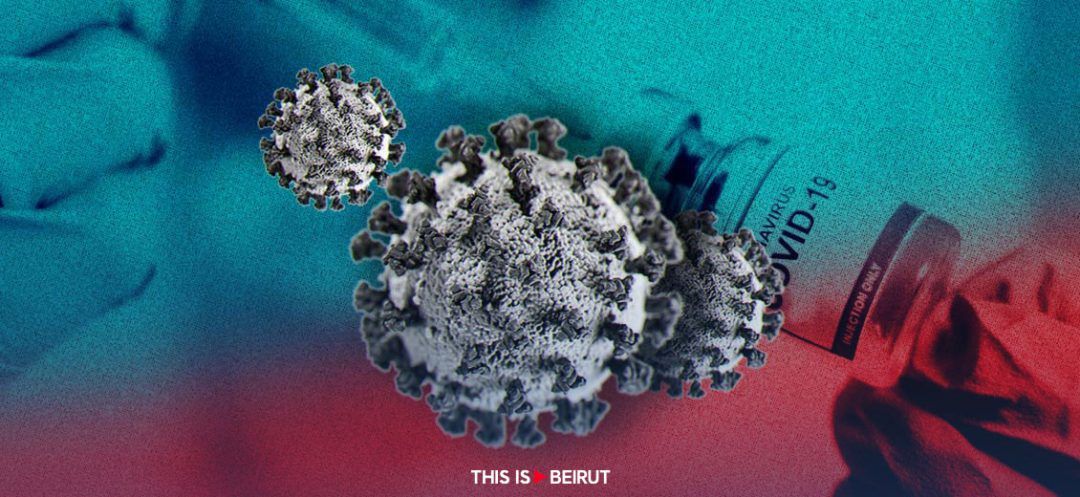
An observational study involving over 99 million vaccinated persons reveals that most adverse effects conform with theoretical risks. It also highlights certain increased risks depending on the type of vaccine.
Since March 2020, when the World Health Organization (WHO) declared the COVID-19 outbreak a pandemic, over 13.5 billion vaccine doses have been administered worldwide. As of March 2024, official figures from governments and Health Ministries indicated that nearly 70.6% of the global population has received at least one vaccine dose.
The large-scale deployment of this vaccination campaign purportedly brought an end to the global health emergency by May 2023. However, this unprecedented situation, coupled with the adoption of novel biotechnological approaches akin to messenger RNA (messenger ribonucleic acid or mRNA) technology in vaccine development and production, highlights the critical need for monitoring the risk of adverse effects resulting from the usage of these vaccines. This practice is referred to as pharmacovigilance.
Potential undesirable effects
In anticipation of the unprecedented global deployment of COVID-19 vaccines, the Safety Platform for Emergency vACcines (SPEAC) initiative developed a list of potential particular adverse effects in 2020. One approach to assess these risks involves comparing the rates of clinically observed adverse effects with those expected theoretically. Such analysis notably led to the suspension of the AstraZeneca vaccine in 2021.
A recent observational study was conducted, pooling data from ten sites across eight countries in Europe, North America, South America and Oceania. The analysis included adverse events reported up to 42 days after vaccination with mRNA vaccines (Pfizer/BioNTech and Moderna) as well as the adenovirus vector vaccine (Oxford/AstraZeneca). This study was funded by the Centers for Disease Control and Prevention (CDC) in the United States.
Real conditions
This study assesses the relationship between COVID-19 vaccination and thirteen adverse effects, spanning neurological, hematological and cardiovascular conditions, in reference to the SPEAC project list.
Selected neurological conditions, including Guillain-Barre syndrome (GBS), an autoimmune inflammatory disease affecting the peripheral nerves, facial paralysis and seizures (convulsions), were included in the study.
Hematological conditions, including various types of specific thromboses, were also examined, identified as potential indicators of thrombotic thrombocytopenic syndrome (TTS), characterized by blood clot formation alongside low platelet levels. This adverse effect has garnered attention, supported since 2021.
Certain cardiovascular conditions, such as myocarditis (inflammation of the heart muscle) and pericarditis (inflammation of the double-layered sac surrounding the heart), were also examined separately.
Tens of millions
This study, published in the scientific journal Vaccine by Elsevier, focused on data from over 99 million persons who received the SARS-CoV-2 vaccine. The majority of them fell within the age groups of 20 to 39 years and 40 to 59 years.
The results revealed that the risk within 42 days post-vaccination generally corresponds to the theoretical baseline risk for most outcomes. However, certain potential safety signals have been identified, particularly regarding Guillain-Barre syndrome (GBS) and cerebral venous thrombosis (CVT). Thus, a higher incidence of GBS was observed following vaccination with vector-based vaccines, whereas the usage of mRNA vaccines has generally not been associated with an increased risk in most studies. Although rare, this association has been acknowledged by the World Health Organization (WHO), the European Medicines Agency (EMA) and the Therapeutic Goods Administration in Australia. Consequently, Guillain-Barré Syndrome (GBS) has been classified as a rare adverse effect following exposure to the Oxford/AstraZeneca vaccine.
Venous thrombosis
According to the same study published by Faksova et al., the increased risk of cerebral venous thrombosis, associated with the Oxford/AstraZeneca vaccine, is confirmed in other studies as well. This adverse effect was notably observed in a national cohort study conducted in Denmark and Norway, which revealed elevated rates of venous thromboembolic events, including cerebral venous thrombosis (CVT), with an evaluated rise of 2.5 accidents per 100,000 vaccinations using the Oxford/AstraZeneca vaccine. This rare but concerning safety signal led to the removal of the vaccine from COVID-19 vaccination campaigns, or the implementation of age-based restrictions, in several countries.
Cardiac conditions
The authors of this publication also observed significantly higher risks of myocarditis following the first, second and third doses of mRNA vaccines, namely those developed by Pfizer/BioNTech and Moderna. Similarly, risks of pericarditis were observed after the first and fourth doses of the Moderna vaccine, as well as the third dose of the Oxford/AstraZeneca vaccine, during the 0 to 42-day risk period.
The article highlights that the higher rates of pericarditis associated with the latter vaccine are based on a limited number of observations in the analysis. However, it reaffirms the results of rare occurrences of myocarditis and pericarditis following the administration of the first and second doses of mRNA vaccines. Given the evidence, the WHO has published updated directives for COVID-19 vaccination with mRNA vaccines, and the EMA has provided updates to product information for these vaccines.
A sample of this magnitude significantly improves the ability to detect extremely rare adverse accidents. According to the authors, these findings, based on data from Europe, North and South America, as well as Oceania, could facilitate the generalization of conclusions to a broader spectrum of populations. A conclusion subject to debate, given the genetic and ethnic variations among different populations, especially those not included in the study. The team also highlights that certain elements, such as comorbidities and medical histories, were not considered, which potentially could limit the scope of this study.
Read more




Comments